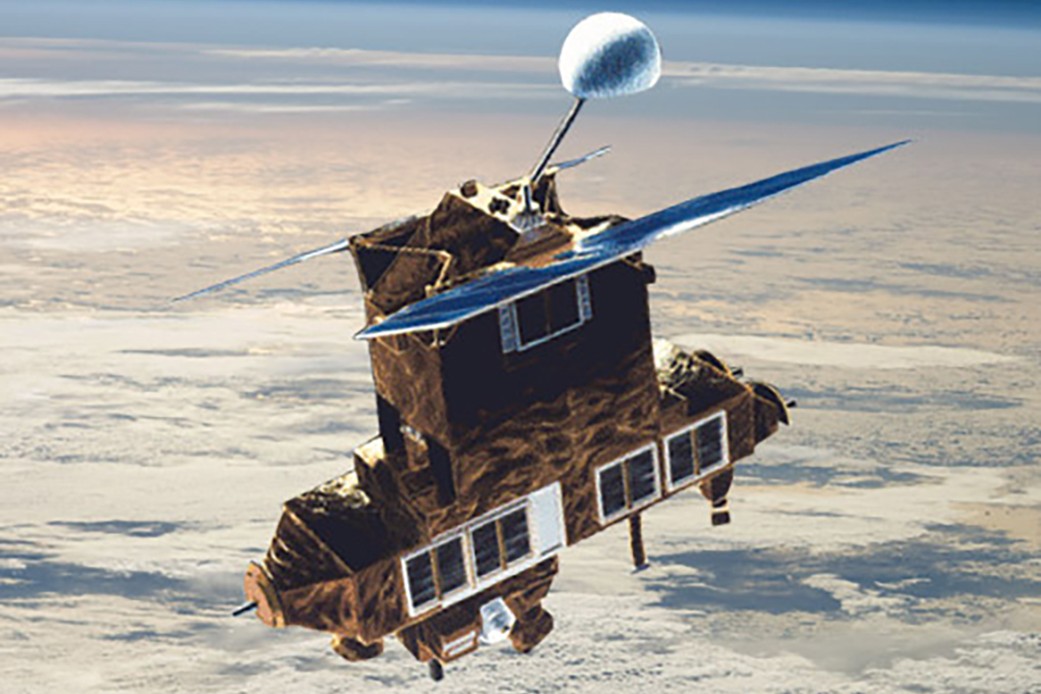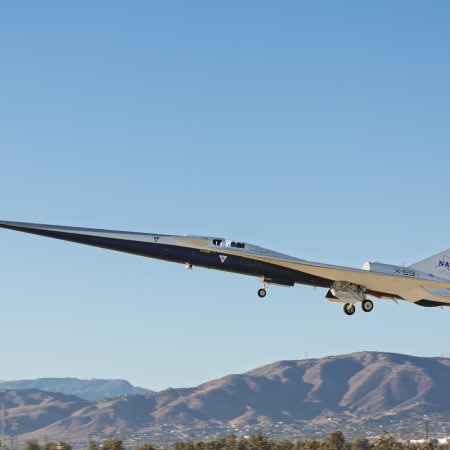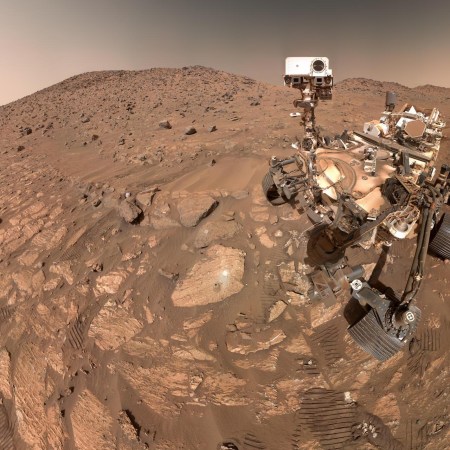Almost 40 years ago, the Space Shuttle Challenger transported the Earth Radiation Budget Satellite (ERBS) into orbit. The ERBS spent 21 years gathering and transmitting valuable data about the solar system and planet Earth. Now, as Engadget reports, the ERBS’s time in orbit is almost up — with NASA estimating that it will re-enter the planet’s atmosphere this weekend.
It’s an especially impressive stint, considering that ERBS was only intended to work for two years, beginning in late 1984. Instead, it continued to transmit data until 2005.
NASA’s own announcement of the satellite’s final trajectory notes that its odds of causing harm are relatively low – those odds are 1 in 9,400. Nonetheless, the ERBS weighs 5,400 pounds, and not all of it is expected to disintegrate as it passes through the atmosphere. According to the announcement, both NASA and the U.S. Department of Defense are monitoring the situation to make sure that the projections hold up and that those of us on the planet’s surface remain out of harm’s way.
According to NASA’s announcement, the ERBS played a significant role in determining the ways in which the ozone layer was declining in the 1980s as a result of chlorofluorocarbons. The effects of that data are still being felt today, with efforts to restore the ozone layer commencing not long afterwards. It’s an impressive record for one satellite — one which laid the foundations for bigger things to come.
Thanks for reading InsideHook. Sign up for our daily newsletter and be in the know.














